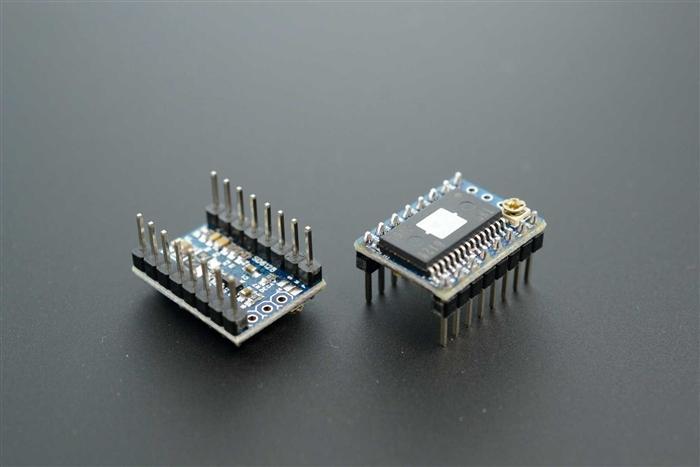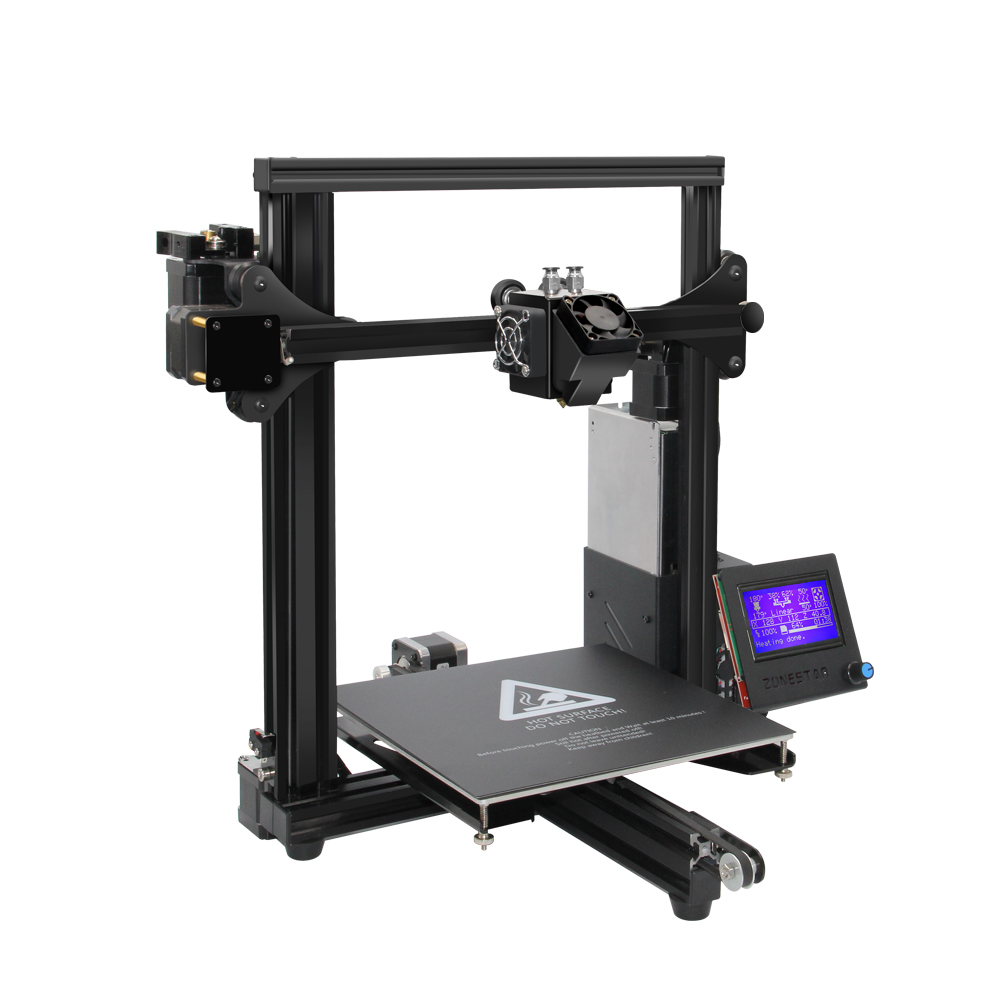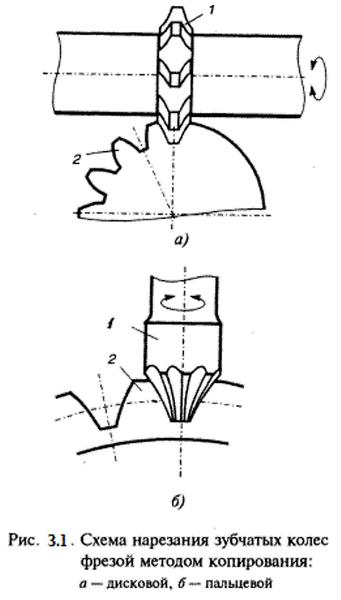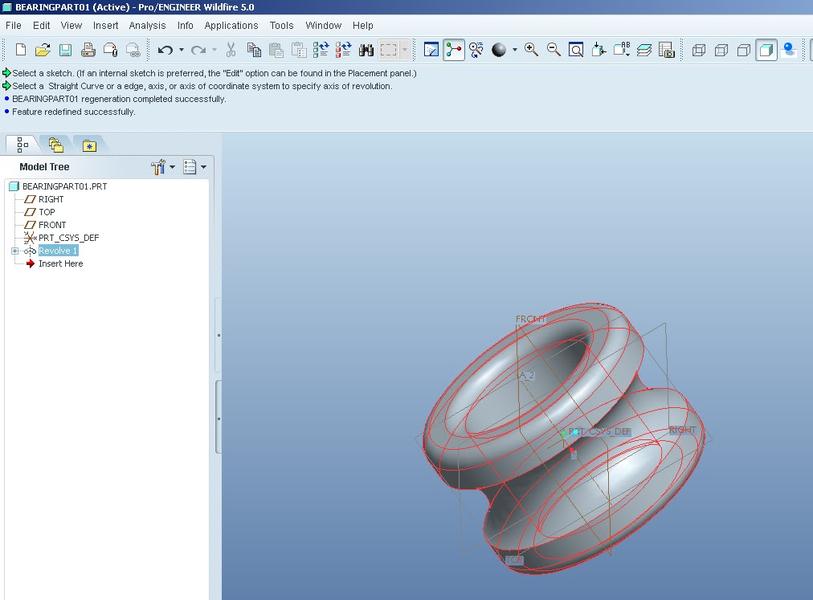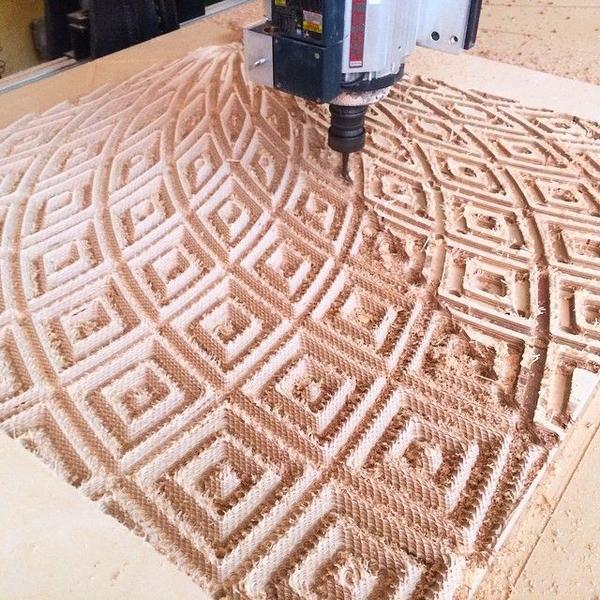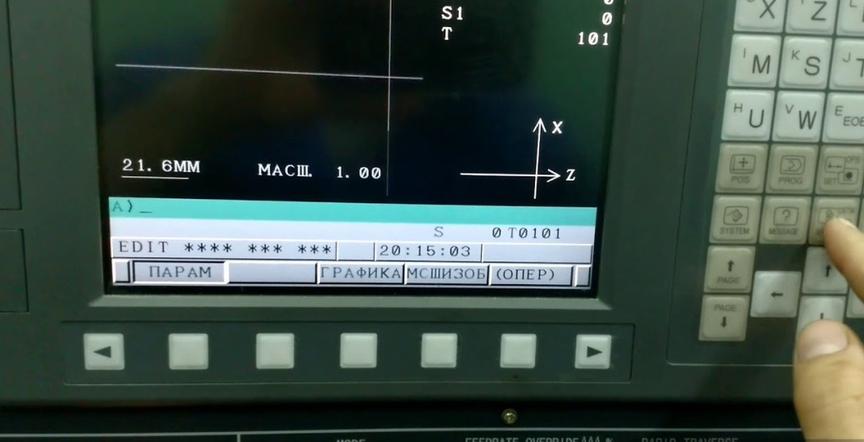Drivers for 3D printer: definition and installation instructions
For the correct operation of any 3D printer, a special device is required to control the stepper motor. Incorrect installation or malfunction will lead to printing problems or even damage to the printing device.
What is a driver for a 3D printer?
The 3D printer driver is a device that controls the kinetic movement of the printer's stepper motors. The driver sends commands to the microcontroller that describe the movement of the shaft – the number of steps and direction, and receives a specified sequence of signals for the electric motor's winding. The driver is responsible for converting one signal into another, facilitating the movement.
Manufacturers offer a variety of driver models for 3D printing, which vary significantly in quality. Top models can support high output currents while maintaining an acceptable operating temperature, and can control the motor so that it does not emit excessive noise, overheat, and the movements of the print head are smooth, without jerks and accelerations.
Drivers have found application wherever stepper motors are used: in all machines with numeric program control, actuators, 3D printers, laser engravers, and others.
Modern 3D printers use kinematics and a method of control that involves the sequential transmission of coordinates for moving the hot end. The methods have become a widely accepted standard for controlling all devices equipped with CNC. Data transmission is carried out in a specially developed programming language called G-code.
The movement according to the specified code is controlled by control boards and drivers.
Boards are divided into two types based on their bit depth:
- 8-bit.
- 32-bit.
Initially, the first 3D printers were developed using a self-reproducing mechanism, used for rapid prototyping REPRAP, based on one of the most common boards used in robotics - Arduino. A special environment - Arduino IDE was used to develop firmware for devices in these cases. To expand its capabilities, an extension board called RAMPS was additionally developed to efficiently control the rotation of stepper motors and take into account the zero position using limit switches.
Additionally, drivers were developed to control stepper motors, which could be combined with these boards (Pololu drivers).

